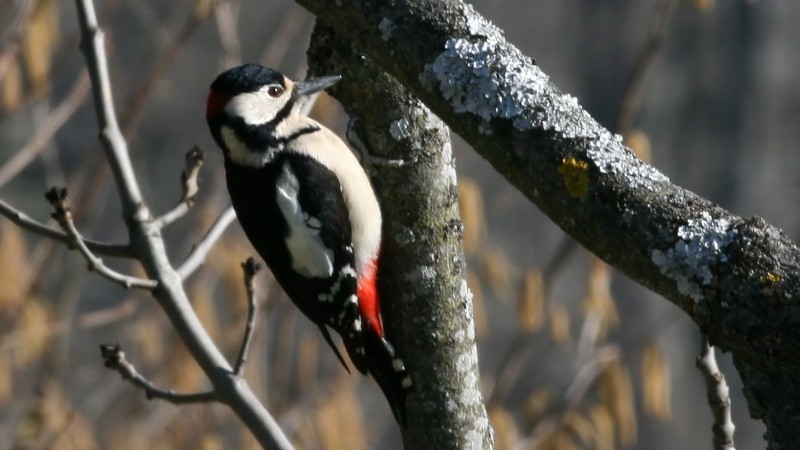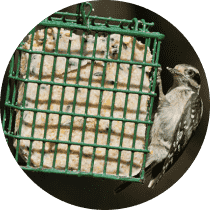Great Spotted Woodpecker
A species of Eurasian Pied Woodpeckers Scientific name : Dendrocopos major Genus : Eurasian Pied Woodpeckers
Great Spotted Woodpecker, A species of Eurasian Pied Woodpeckers
Botanical name: Dendrocopos major
Genus: Eurasian Pied Woodpeckers
Content
Description People often ask General Info
 Photo By Ken Billington , used under CC-BY-SA-3.0 /Cropped and compressed from original
Photo By Ken Billington , used under CC-BY-SA-3.0 /Cropped and compressed from original Description
The great Spotted Woodpecker is a fairly common species to find in the trees of its native woodlands. Populations in the colder portions of their range migrate while others stay put year-round. They drill into tree bark not only to access insects but also to build nests. The great Spotted Woodpecker is sometimes confused with the smallest European woodpecker, the lesser spotted woodpecker (Dryobates minor), though they are noticeably different in size.
Size
20 - 24 cm
Life Expectancy
5-10 years
Nest Placement
Cavity
Feeding Habits
Great Spotted Woodpecker is omnivorous, extracting insect larvae from wood and consuming other invertebrates like beetles and spiders. They forage for nuts and seeds, especially in winter, when these can provide over 30% of their energy.
Habitat
Great Spotted Woodpecker occupies a range of woodland habitats, including broadleaf, coniferous, and mixed forests, as well as adapted environments like parks and plantations. The species is found from lowland woodlands to mountain forests just below the tree line, up to 2,500 m altitude in Central Asia. Their distribution extends through North Africa to Northeast Asia, in various forest types.
Dite type
Insectivorous
People often ask
General Info
Feeding Habits
Bird food type
Bird Feeder Type

Suet Cage
Behavior
The great spotted woodpecker spends much of its time climbing trees, and has adaptations to this lifestyle, many of which are shared by other woodpecker species. As well as using holes for breeding, great spotted woodpeckers roost at night, and sometimes during the day, in old nest cavities, excavated by other woodpeckers. They will occasionally make a new roosting hole or use an artificial site such as a nest box. 
Distribution Area
The species ranges across Eurasia from the British Isles to Japan, and in North Africa from Morocco to Tunisia; it is absent only from those areas too cold or dry to have suitable woodland habitat. Vagrants have reached the Faroe Islands, Hong Kong and Iceland, and there are several sightings from North America in at least the Aleutian Islands, Pribilof Islands and Alaska. 